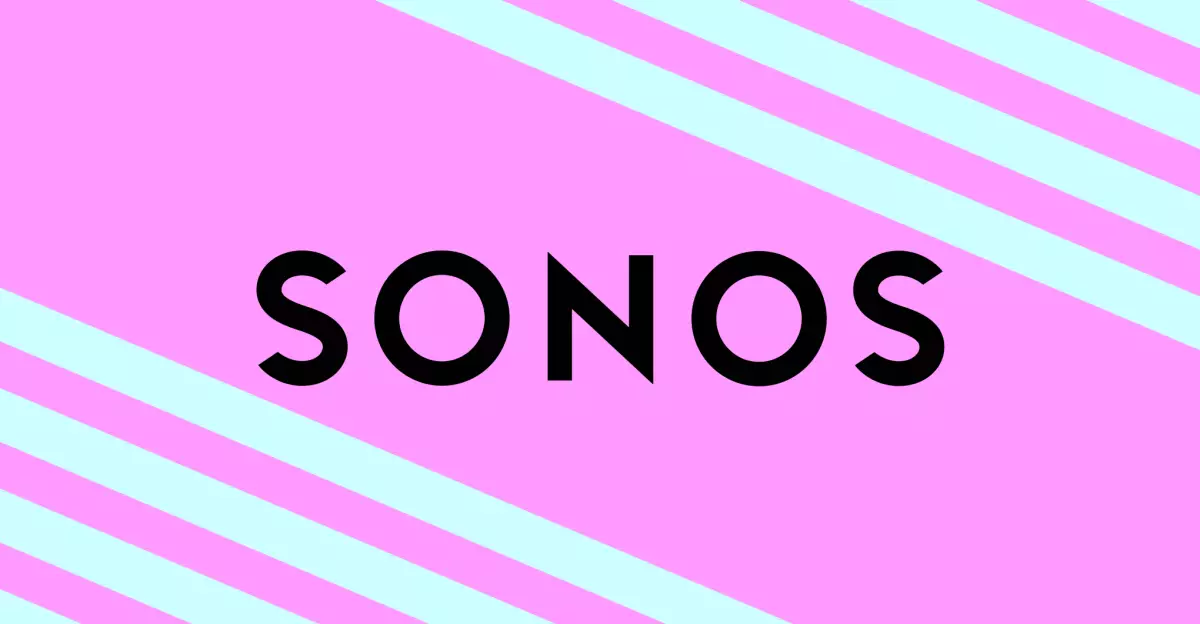In an age where technology evolves at breathtaking speeds, companies must adapt to user feedback to remain relevant. Sonos, known for its high-quality audio systems, has taken critical steps over the past year to align its offerings more closely with customer expectations. At the helm of this transformation is Nick Millington, Sonos’ Chief Innovation Officer, who emphasizes a deeply user-centric approach to product development. By prioritizing customer feedback as the driving force for innovation, Sonos is not just making changes; it is fostering a community-centric ecosystem where users feel valued.
Addressing the Core Concerns
Diving into Millington’s insights, it becomes clear that the priorities at Sonos have shifted dramatically since the controversial redesign of their app. The team’s commitment is twofold: first, to understand every user issue, and second, to elevate the app’s performance to an industry-leading standard. This concentrated effort to decode the root causes of problems is commendable. It showcases an essential brand philosophy: the willingness to listen and learn, rather than merely dictating user experiences from a position of assumed superiority.
This hands-on approach is not merely a façade. By inviting users to share diagnostic information, Sonos is actively engaging in a dialogue. This transparency is a refreshing change in an industry often riddled with secrecy about operational processes. It’s a clear acknowledgment that user input can significantly contribute to a better product, leading to more meaningful improvements.
Promising Progress Amidst Challenges
Through several updates, Millington has laid out a roadmap that promises enhancements long desired by Sonos users. Advanced features such as alarm snoozing and battery status checks have made their return, illustrating that the team is not just making empty promises. However, users are still waiting for crucial functionalities like playlist editing and full queue capabilities from local libraries. The reality is that while progress is being made, the pace can feel sluggish in the eyes of a community eager for improvement.
The incremental advancement of the app reveals a broader industry challenge—the delicate balance between rapid innovation and quality control. Sonos’ hesitation to hastily implement features without thorough testing reflects a commitment to excellence. Nonetheless, the lingering absence of key functionalities can lead to user frustration, hinting at an area needing swift resolution.
Cultivating a Culture of Responsiveness
Sonos’s experience serves as a vital lesson for tech companies: agility in responding to customer feedback is not an option; it’s a necessity. The ongoing interactions between the development team and users create a culture of transparency and trust, a model that others should aspire to emulate. By evolving based on real-time user experiences, Sonos can ensure that their innovations resonate on a deeper level with their customer base.
One cannot overlook the powerful implications of this model. When a brand embraces user feedback as a cornerstone of its operational ethos, it paves the way for authentic and enduring relationships. As Millington highlights, user feedback sharpens focus and ignites innovation—a premise that should inspire enthusiasm in both current users and prospective customers.
Through its continuous efforts to refine the Sonos app, the company exemplifies how commitment, responsiveness, and transparency can drive significant technological advancements. It is a potent reminder that the path to progress is often paved with lessons learned from those whom we seek to serve.


Leave a Reply